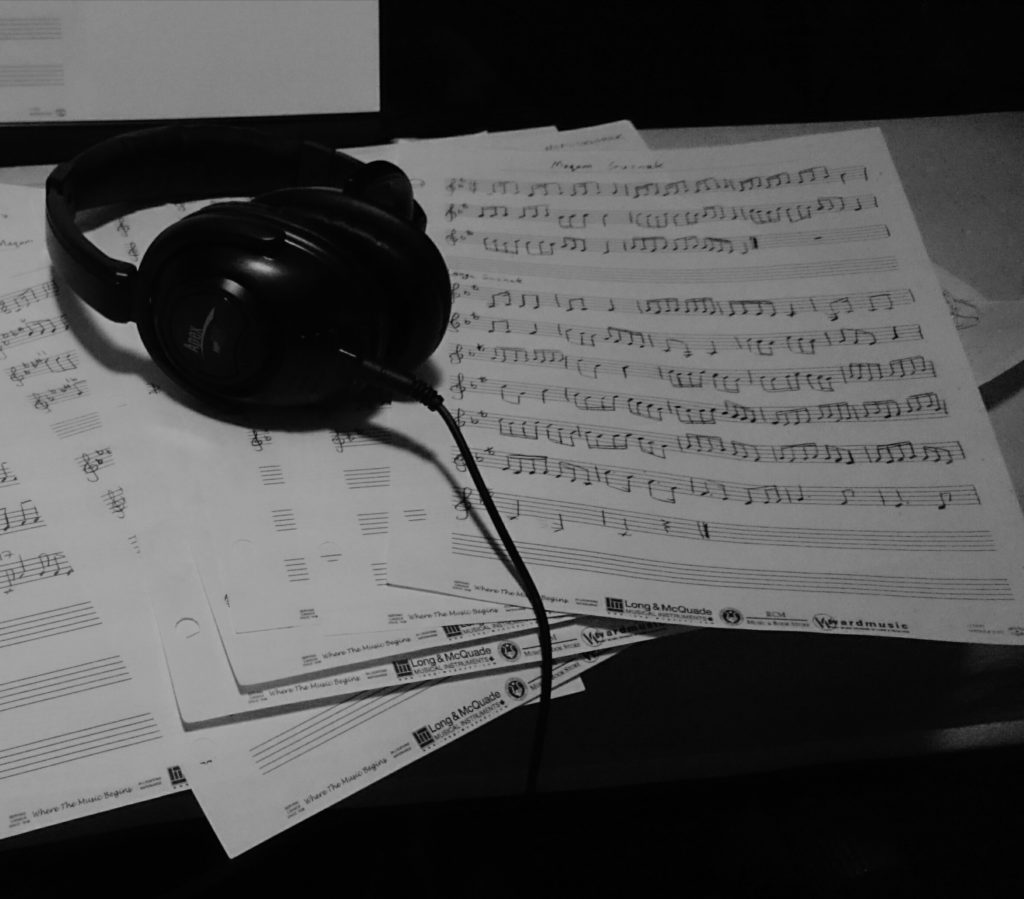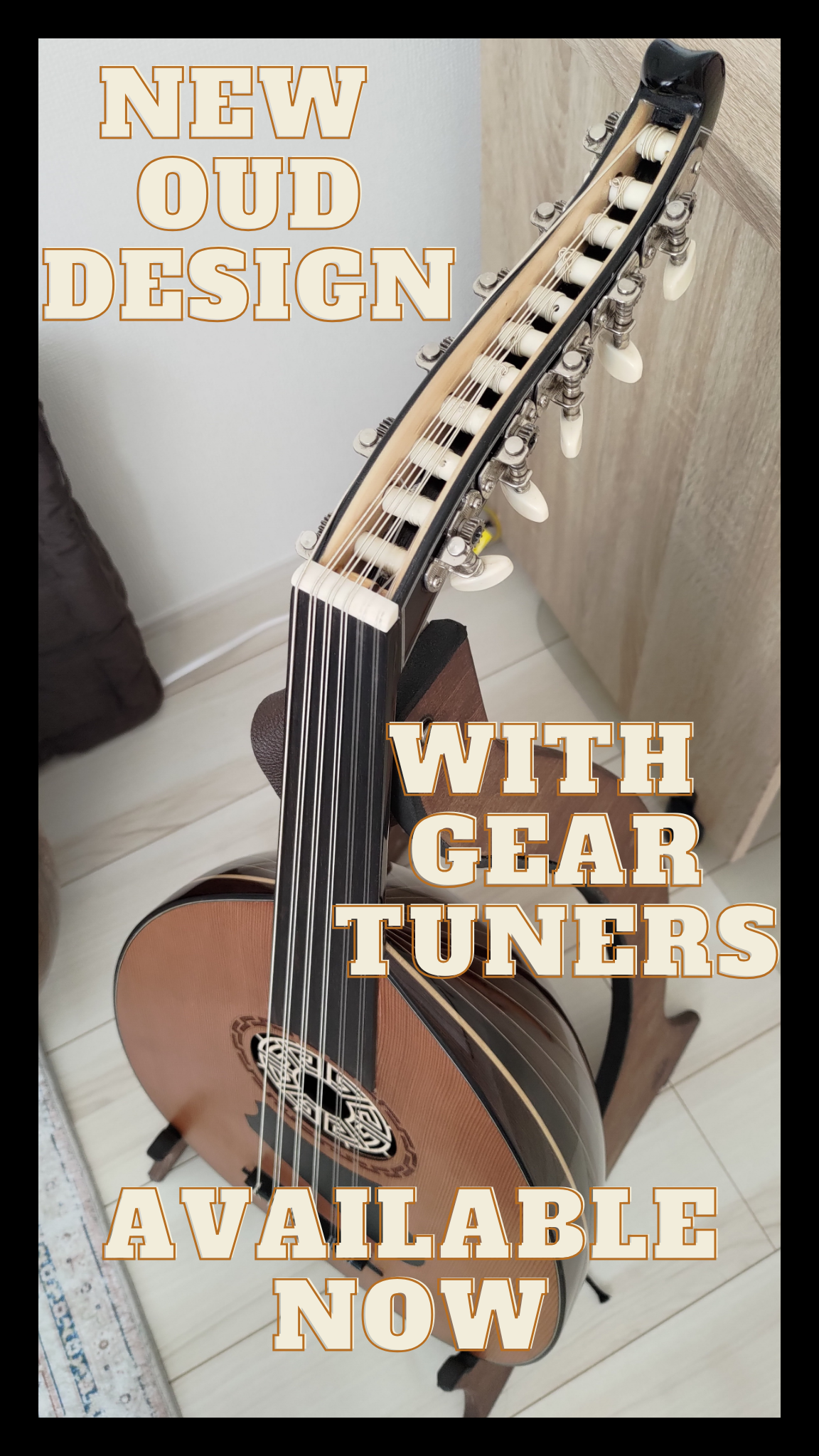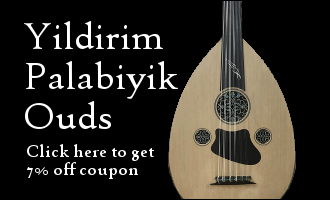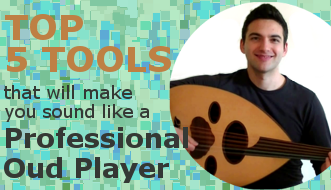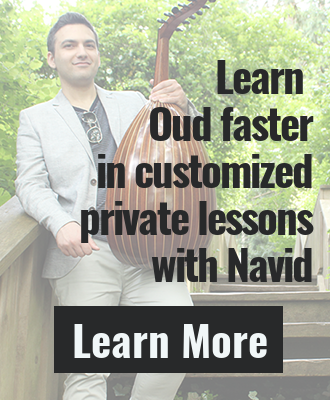In the last post, you learned about active listening. Active listening is to learn music by ear. Well today I have a story about that, which I’m sure you can relate to.
I was eleven when I started learning Persian Santoor.
Back then, I didn’t know the difference between scales. My teacher would play one scale for me, and then play a different one, and I couldn’t really tell what the difference was.
It just wasn’t part of my intellectual awareness at the time.
I remember that time like it was yesterday, but it’s so strange to think about now!
Somewhere… somehow… this started to change.
Now when I hear a melody, I know immediately if it’s a minor scale or a major scale or a crazy maqam.
When I was in my teens learning music, I started to associate different feelings with different pieces of music some made me feel melancholic, some made me sense joy and energy.
After a while, these associations started to become part of me.
A simple technique that changed the way I hear scales forever.
A major shift in my consciousness occurred when I was in my teens and started to sing my favourite songs I heard on the radio.
Around the same time, I was forced to learn how to tune my instrument.
That’s when I really understood what an ‘interval’ is. It’s the distance between one note to another.
The awareness of different scales occurs when you start to learn how to tune your instrument, and when you start to sing melodies that you hear on the radio that get stuck in your head.
The key to learn music by ear is your voice…
When you use your voice, your body can feel the difference between one note to another note, and the idea of ‘interval’ is imprinted in your mind.
A maqam is simply different notes put together with different intervals between them. Each one conveys a different feeling and you can tell the difference between them when you listen and sing.
Breaking through to the other side
When I started to learn how to improvise, I would put on my favourite Oud solo, and I would listen and try to copy what I heard.
But it was impossible to catch all the melodies, and the technical sutiblties were above my ability.
I felt “Ah so annoying, I have to rewind again.” (Back then it was tapes and CDs)
The solution is here.
Active listening and maqam learning
Fast forward now, many years later…
I was still having a hard time understanding Maqam Lami!!!
It sounded so strange to me, and I didn’t find it interesting.
I knew some well known songs in Maqam Lami, but it still wasn’t sticking.
Fortunately, Simon Shaheen used Maqam Lami in one of his ear training sessions at the Arabic Music Retreat…
Then it all started to make sense.
After an hour of ear training (and a little homework), a mysterious maqam started to become part of my musical vocabulary.
Ear Training is a simple method designed to help you internalize the maqam and learn the basic melodic developments. You can be a bare beginner or an advanced musician. That’s why I love it so much.
You start from developing simple melodic structures using your ears to hear a melody, and use voice to replicate the melody. Gradually it becomes more complex an advanced adding more complex melody and rhythm.
Arabic Maqam Ear Training
You can easily start to learn Arabic music by ear with the Arabic Maqam Ear Training Program.

